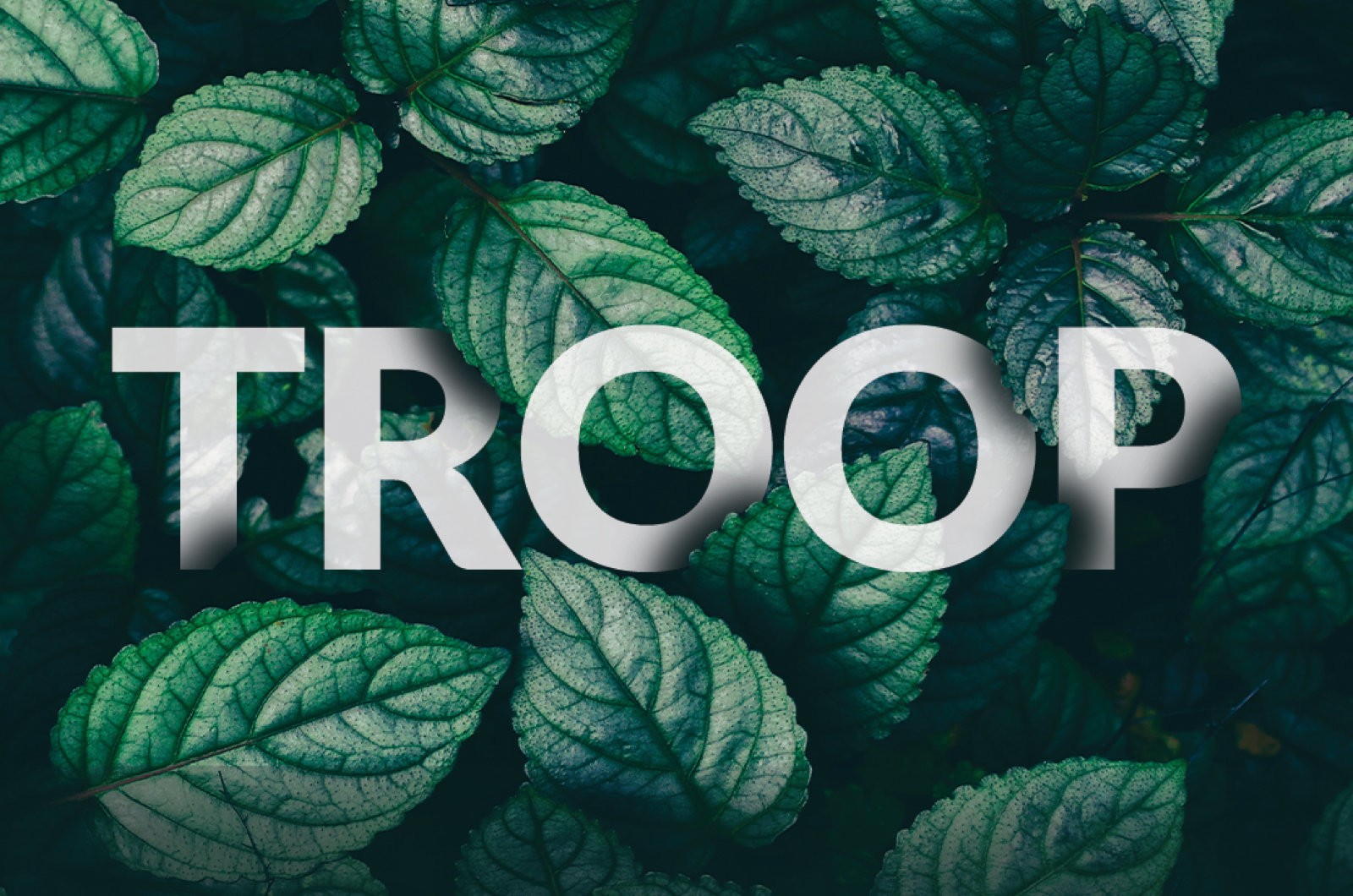EPISODE 57 If this bill becomes law, it would have a major impact on digital marketing as we know it. Apple wouldn’t be able to pre-load applications on its devices. Amazon could not preference its in-house label products over third-party sellers’. Google could not surface its reviews over others in search results. Summary of the… Continue reading Impact of the American Innovation and Choice Online Act
Archives: Podcasts
Silverback Podcasts
Building a healthy remote culture, with Erika Khanna
EPISODE 56 Remote work has fundamentally transformed many different kinds of businesses and employees. But it’s made it difficult to build and maintain a healthy company culture. Erika Khanna joins the show to share her experience building a healthy remote culture, including practical tips you can put to work right away. In this episode we… Continue reading Building a healthy remote culture, with Erika Khanna
Building in public on Twitter, with Kevon Cheung
EPISODE 55 Twitter can be a powerful platform for founders and entrepreneurs. But the road to success may not be what you think. If Twitter is an auditorium, you don’t need to be standing on the stage. Instead, network within the crowd. Kevon Cheung, founder at Public Lab, joins the show to share his perspective… Continue reading Building in public on Twitter, with Kevon Cheung
Cold email outreach, with Laura Lopuch
EPISODE 54 Laura Lopuch is on a mission to make $200,000 in one year while working a max of 10 hours per week. She’ll be able to do this by fueling her business through cold email outreach. In this episode, she shares her experience and perspective. We talk about: How she landed on her goal… Continue reading Cold email outreach, with Laura Lopuch
Email marketing strategy, with Joe Portsmouth
EPISODE 53 If email doesn’t drive at least 20% of revenue, you have room to improve your email strategy. There are two big components: acquisition and retention. Unless you’re collecting a user’s email, they may not come back to your website. This first-party data is critical to continuing the conversation with new users and retaining… Continue reading Email marketing strategy, with Joe Portsmouth
Two-way business text messaging, with Aaron Weiche
EPISODE 52 Nearly 75% of consumers want to be able to text with a business. But many businesses don’t offer this mode of communication with their buyers. Aaron Weiche joins the show to talk about how businesses are using two-way text messaging to close more leads and generate conversations with buyers. In this episode, we… Continue reading Two-way business text messaging, with Aaron Weiche
TikTok ads for lead generation, with Haley Nininger
EPISODE 51 TikTok is growing in popularity among marketerse as a platform with both great organic reach as well as advertising potential. Haley Nininger and her team have successfully generated leads and enrollments for an alternative education provider using TikTok. She joins the show to share her experience testing different approaches on the platform. In… Continue reading TikTok ads for lead generation, with Haley Nininger
Highlights From One Year of Digital Marketing Troop
EPISODE 50 This episode marks a milestone for Digital Marketing Troop. After one year, we look back on some of our favorite soundbites from some incredible guests: Katelyn Bourgoin, CEO of CustomerCamp Andrew Nelson, President of Silverback Strategies Tim Parkin, President of Parkin Consulting Kelly Waffle, Managing Director at the Hinge Research Institute Ahmad Munawar,… Continue reading Highlights From One Year of Digital Marketing Troop
Personal branding and evangelism on LinkedIn, with Nick Bennett
EPISODE 49 Nick Bennett has built an impressive social media presence on LinkedIn, and hosts the Rep Your Brand podcast where he captures stories about how to overcome the challenges marketers face with growing their personal brand. On this episode, Nick shares his perspective on personal branding and how it can be a major force… Continue reading Personal branding and evangelism on LinkedIn, with Nick Bennett
Sales enablement vs revenue enablement, with John Moore
EPISODE 48 John Moore, Strategic Consultant, Speaker, Writer, and Founder of Trust Enablement, discusses the difference between sales enablement and revenue enablement. In this episode, we cover: What is enablement? Revenue enablement fundamentals The leap to un-gating content The role of enablement professionals How to use systems like lately.ai Connect with John on LinkedIn and… Continue reading Sales enablement vs revenue enablement, with John Moore
